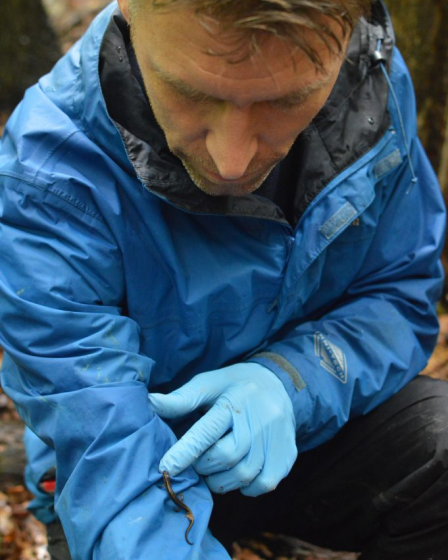Mukta Pillai | Science Editor We’ve all heard of the cult-favorite “Jurassic Park.” Michael Crichton’s hit novel became a media franchise and the stories have raised generations of fans. While watching the numerous movies or reading the books, suspense entices the audience, pulling them into a …
Science & Environment
WoMan the Hunter : Bias in academia
Zanna Anderson| Science Editor Anthropology is a field that has been polluted with sexism, racism and ableism since its establishment in the Age of Enlightenment by upper class, European men. Since then, anthropology has expanded to study cultures of all demographics not just as lab rats …
Measles, mumps and rubella – oh, my!
Zanna Anderson | Science Editor According to the Center for Disease Control and Prevention (CDC), there have been 607 confirmed cases of measles — at the time of writing — in the United States since January 2025. This is a 113% increase from the case count …
The Necessity of Adulthood Play
Rae Harris | Editor-in-Chief Play — defined as “spontaneous, repeated behavior without any obvious function that is performed in a low-stress setting” — is essential in the early stages of an animal’s life as it teaches the skills necessary for survival. Play teaches wolf cubs how …
Wooster students compete at Miami Datafest 2025
Mukta Pillai | Science Editor This past weekend, April 4-6, multiple students at The College of Wooster participated in Datafest under the guidance of Colby Long, assistant professor of mathematics. The annual competition is associated with the American Statistical Association (ASA) and was held at Miami …
Under the Microscope: Professor Rick Lehtinen
By: Mukta Pillai | Science Editor On Tuesday, Feb. 11, I sat down with Rick Lehtinen, professor of biology at The College of Wooster. Lehtinen discussed his time at Wooster and his professional journey. MP: First off, do you mind introducing yourself to students and …

